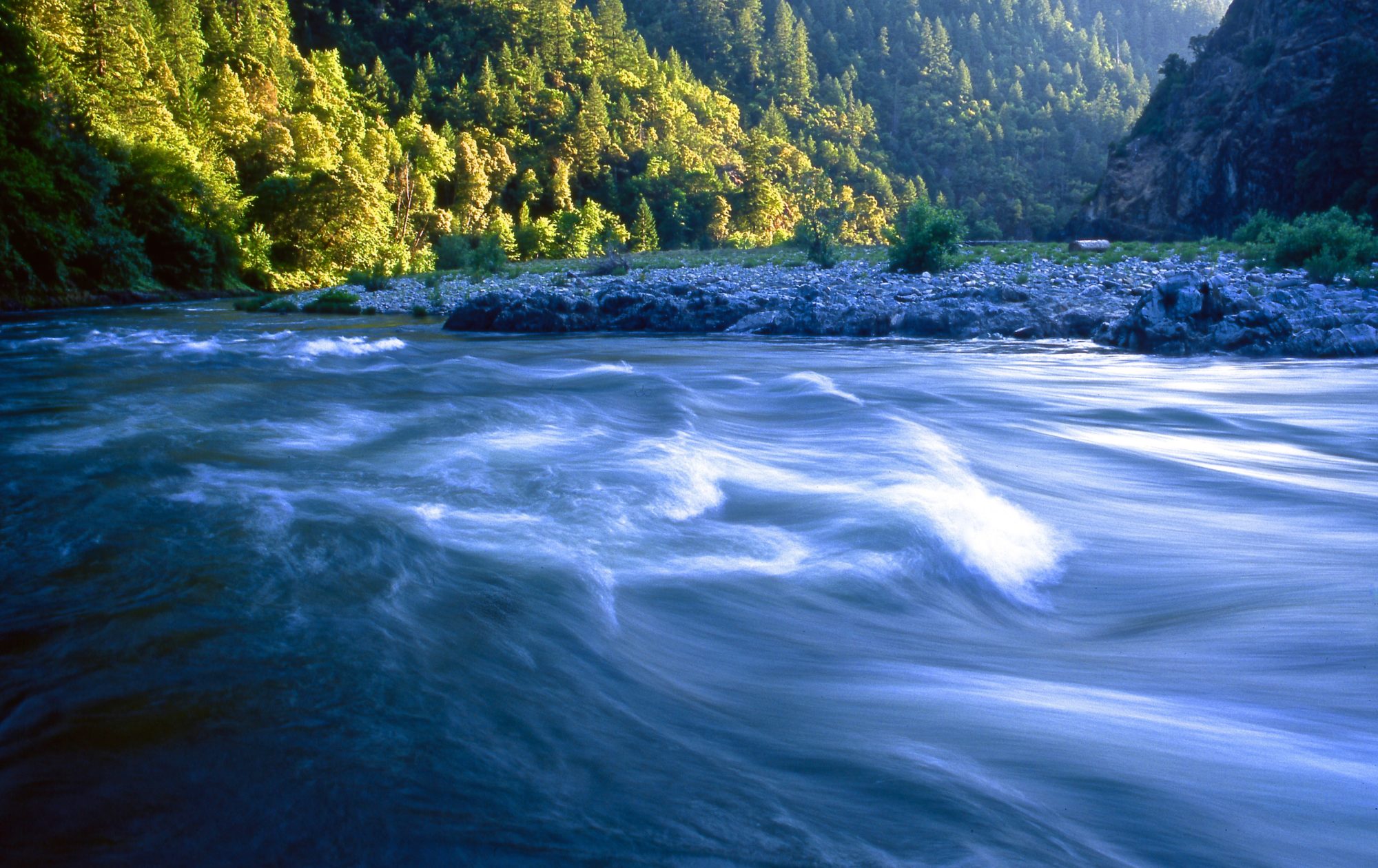Threatened & Endangered Birds in Curry County
These rare birds are not readily seen, but they endure in wild forest and beach enclaves.
Marbled Murrelet

The Marbled Murrelet is a small seabird that depends on coastal, old-growth forests.
Marbled Murrelets need broad, moss-covered branches of big old trees to make their nests. They create a nest spot in the thick moss and lay a single egg each season. The male and female take turns incubating the pale green egg and flying to the ocean to retrieve fish. When the chick is finally hatched, both parents fly to the ocean to bring back fish for the young bird, which they leave alone, hidden in the dense and protective cover of the forest canopy.
Not long ago, Marbled Murrelets used to be so common that loggers called them “fog larks,” but in the past century, 95 percent of old growth forest in the Oregon coast range has been cut, sharply reducing the birds’ nesting habitat. Forest fragmentation has also increased predation of chicks by birds that thrive in edge habitat, such as jays and crows.
Murrelets have faced threats in their ocean environs as well. Oil spills have taken their toll, and changing ocean conditions due to recent El Ñino events may have drastically reduced their food supply, too.
A small population of Marbled Murrelets continue to survive in the old-growth forests and rich oceans of Curry County.
The best place to see these birds is at the Port of Port Orford in the winter.
The Marbled Murrelet is currently listed as a threatened species under the Endangered Species Act. (Photo courtesy U.S. F&WS.)
Northern Spotted Owl

The Northern Spotted owl depends on old growth forests for its food and shelter. The owls mate for life (10 to 15 years) and use cavities in large old trees for nesting. The birds hunt for voles, flying squirrels, and other small mammals that live in the complex understory of old-growth forests. Highly adapted to their forest habitat, Northern Spotted Owls rarely fly across open spaces.
With greatly reduced numbers and less than 20 percent of its former habitat remaining in the Northwest, the owl was listed as a threatened species under the Endangered Species Act in 1990. The listing led to development of the Northwest Forest Plan, which protected some remaining critical habitat for the owl and for another 600 or so species that depend on old-growth forests, but also sparked great controversy.
Owing to fragmentation of old-growth forests, Barred Owls have invaded former Northern Spotted Owl habitat, and are becoming an additional threat to the survival of the species.
Western Snowy Plover

The Western Snowy Plover is a small, shorebird, approximately the size of a sparrow. During the breeding season (March through September), Snowy Plovers still nest along the wild, windswept beaches in the north part of the Curry County. The New River area is one of the most successful plover nesting sites in Oregon. Plovers will use most anything they can find on the beach to make their shallow nests, including kelp, shells, driftwood, rocks, & even human footprints. Plover nests usually contain three tiny eggs, which are camouflaged to look like sand. Males are the primary caregivers after chicks hatch. Chicks learn from their fathers how to catch and eat insects.
Snowy Plover populations have declined on the West Coast owing to beachfront development that has reduced nesting habitat, encroachment of exotic European beach grass into nesting areas, and increased predation by growing numbers of foxes, crows, and jays. Increased human activity on beaches, such as walking, walking pets, operating off-road vehicles, and horseback riding, has also had an impact. (During breeding season, these activities can inadvertently cause destruction of eggs and chicks and scare off parents.)
During Snowy Plover breeding season (March through September), access to beaches where birds are known to be breeding is limited to the wet sand area of the beach. Please stay out of nesting areas to help give snowy plovers the best opportunity for breeding success.
The Western Snowy Plover is currently listed as a threatened species under the Endangered Species Act.
Click here for a lovely slideshow about Western Snowy Plovers.

